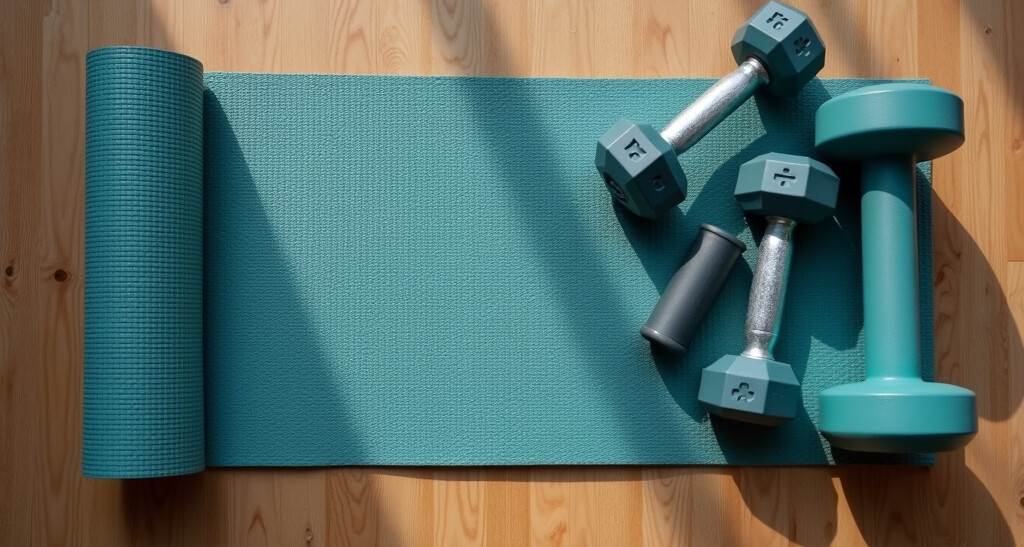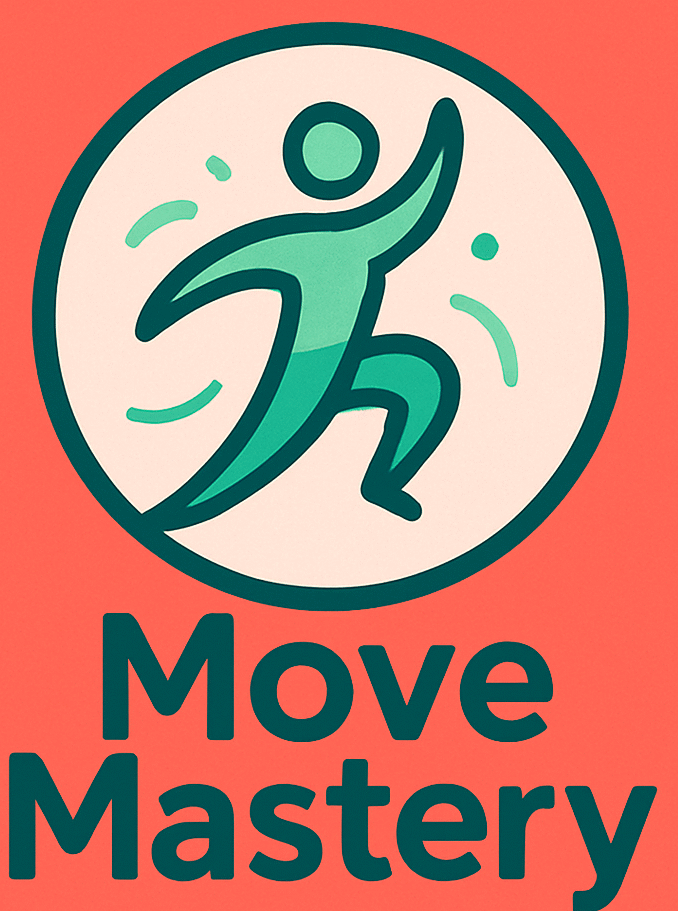 Getting started with bodyweight training sounds simple. Just use your own body, no fancy gym required. I remember jumping in with excitement, but I quickly ran into some rookie mistakes that set me back. A lot of beginners, including myself at first, overlook small but key details that make all the difference in progress, safety, and actually sticking to the habit.
Getting started with bodyweight training sounds simple. Just use your own body, no fancy gym required. I remember jumping in with excitement, but I quickly ran into some rookie mistakes that set me back. A lot of beginners, including myself at first, overlook small but key details that make all the difference in progress, safety, and actually sticking to the habit.
These mistakes are super common, especially if you’re winging it from social media videos or vague routines. The good news? Most are easy to fix once you know what to look for. This guide breaks down the most frequent issues I see (and once made myself), with tips you can actually use to build a safer, stronger, and more effective routine. Plus, I’ll break down some extra context on how to keep things interesting and results coming in.
1. Skipping Proper Warmups
It’s tempting to just jump straight into pushups and squats, especially if you’re short on time. But warming up your muscles helps everyone, not just highlevel athletes. When I ignored warmups, I felt stiff and even tweaked my shoulder once. Warmups help get your blood flowing, boost your range of motion, and prep your joints for action.
How to Warm Up Right:
- Dynamic stretching: Moves like arm circles, hip circles, and leg swings get your joints moving.
- Light cardio: March in place or jog for 2-3 minutes to raise your heart rate.
- Easy reps: Start your workout with a gentler version of the main move. For pushups, try some knee pushups first.
Even just five minutes makes your workout feel smoother. It’s way easier to move when your body’s ready for it, and you’ll reduce the risk of muscle tweaks or pains.
2. Using Poor Form on Basic Exercises
I didn’t realize at first that form is everything in bodyweight training. Without a bar or machine guiding your movement, you control everything from start to finish. Rushing through reps or copying random videos can lead to poor habits, soreness, or even injury.
Signs You Might Have Poor Form:
- Back arches or sags during pushups or planks
- Knees cave in during squats or lunges
- Shoulders shrug up when doing dips
Filming yourself or using a mirror can really help you spot mistakes you might not feel. Slow reps help too, so you can focus on each movement instead of just racing to finish your workout. Paying attention to core engagement and breathing makes a noticeable difference in results and comfort.
3. Doing Too Much, Too Soon
I totally get the urge to go all in. When you’re motivated, the last thing you want is to hold back, but jumping in with too many reps, advanced moves, or daily sessions often leads to burnout or injury. My progress skyrocketed once I gave my body more time to rest and build up.
Why Easing In Matters:
- Your muscles and joints need time to adjust, especially if you haven’t worked out in a while.
- Rest days help your muscles repair and actually grow stronger.
How to Pace Yourself:
- Start with two or three sessions per week, spaced out with a day of rest in between.
- Stick to basic moves—pushups, squats, lunges, planks—before adding anything fancy or new.
- Increase difficulty gradually, either by adding reps, sets, or new exercises as you feel ready.
Heading into bodyweight training with patience means fewer aches and way better progress over time. Building consistency is far more valuable than burning out quickly.
4. Neglecting Lower Body and Core Exercises
Pushups and pullups grab all the attention, but it’s really important to train your whole body, not just your chest and arms. I ignored leg training for ages, and my knees would complain after just a few flights of stairs. Core work is just as important—it supports everything you do and helps prevent injury.
Balanced Bodyweight Routine Ideas:
- Squats and lunges for legs and glutes
- Glute bridges for your hip muscles
- Planks and side planks for core strength
- Pushups for chest, shoulders, and triceps
Mixing it up not only builds better strength, but it also keeps training fresh and more fun. Incorporating moves like calf raises and supermans can round out your sessions for a more allinone approach.
5. Not Resting Enough
I used to think more frequent workouts meant more gains. I learned the hard way that recovery matters a lot. Without rest days, it’s easy to feel worn out, sore all the time, or even get injured.
Why Recovery Is Important:
- Muscle growth and strength come from repairing small tears after exercise.
- Your joints and tendons need occasional breaks to stay healthy and fresh.
- Rest helps keep your motivation high and workouts enjoyable instead of feeling like a chore.
I recommend at least one or two rest days per week. Doing light activity, such as walking or some gentle stretching, between harder sessions helps you stay active without overdoing it. Proper sleep is also a huge part of recovery—aim for seven to nine hours if you can.
6. Failing to Track Progress
I remember doing endless pushups and never feeling like I was improving, until I started writing things down. Keeping track of your sets, reps, or even how easy or tough each workout feels, can show you where you’re making progress or need to switch things up.
Simple Ways to Track Progress:
- Use a notebook or an app to record sets, reps, and rest times.
- Take progress photos, which are great for spotting subtle changes over time.
- Note when you feel stronger or can add extra reps. That can be an instant boost for motivation too.
Even a basic record helps you see small wins and keeps motivation up. Consider setting small goals (like holding a plank for ten seconds longer) to make progress tracking more exciting.
7. Comparing Yourself to Others
Scrolling through fitness Instagram or YouTube makes it easy to think everyone else is progressing way faster. I used to get discouraged, but everyone’s starting point is different, and people only post their highlights. Focus on your own progress, not someone else’s highlight reel. It’s your adventure and your results that matter. Celebrate your progress, no matter how small; this mindset makes the adventure far more enjoyable.
Common Beginner Questions & Quick Fixes
How often should I do bodyweight training each week?
Two to three purposeful workouts per week is a great place to start. Add more as your body gets used to it and you feel comfortable.
I can’t do a proper pushup yet. What should I do?
- Use kneeling pushups or incline pushups (hands on a bench or table).
- Focus on core and shoulder strength to build up to regular pushups.
- Work on negatives (lowering yourself slowly) to build strength for the upward phase.
How do I avoid boredom in my routine?
- Mix up the type or order of exercises every few weeks for some variety.
- Try timed circuits or fun challenges to keep things interesting and competitive with yourself.
- Track progress so you see improvements, which helps keep things rewarding and fun.
- Stumble upon new moves or workout formats online, but always check if they’re safe and fit your level.
Next Steps to Safer, Better Training
Staying mindful of these common mistakes goes a long way. Bodyweight training is a pretty handy way to get fitter almost anywhere, with zero equipment needed. I found the most progress when I started slow, paid attention to my form, and tuned into my own needs instead of just copying others. If you keep safety and fun in mind, you’re more likely to stick with it for a long time.
Quick Takeaways:
- Always do a quick warmup to get your body ready. Five minutes can make a huge difference.
- Start with good form, even if it means fewer reps. Slow and steady really does win the race here.
- Focus on balanced routines, making sure to cover your legs and core—not just your upper body.
- Rest is super important for growth and avoiding burnout. Don’t push through pain or constant soreness.
- Track progress so you see the rewards, and use little victories to stay motivated and proud of your effort.
The big win is sticking with it and enjoying the process. Bodyweight training isn’t about perfect technique on day one. It’s all about steady improvement and having some fun getting stronger. If you’ve got a question or want to share your experience, ask in the comments. Stay curious, stay safe, and keep moving forward!

